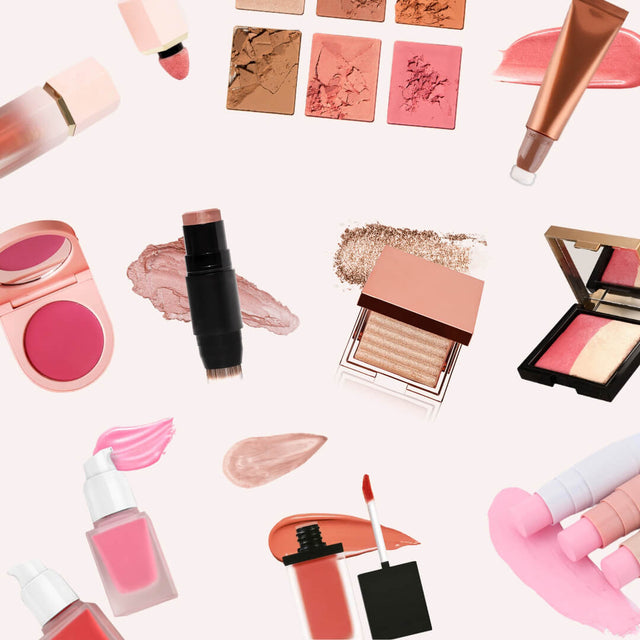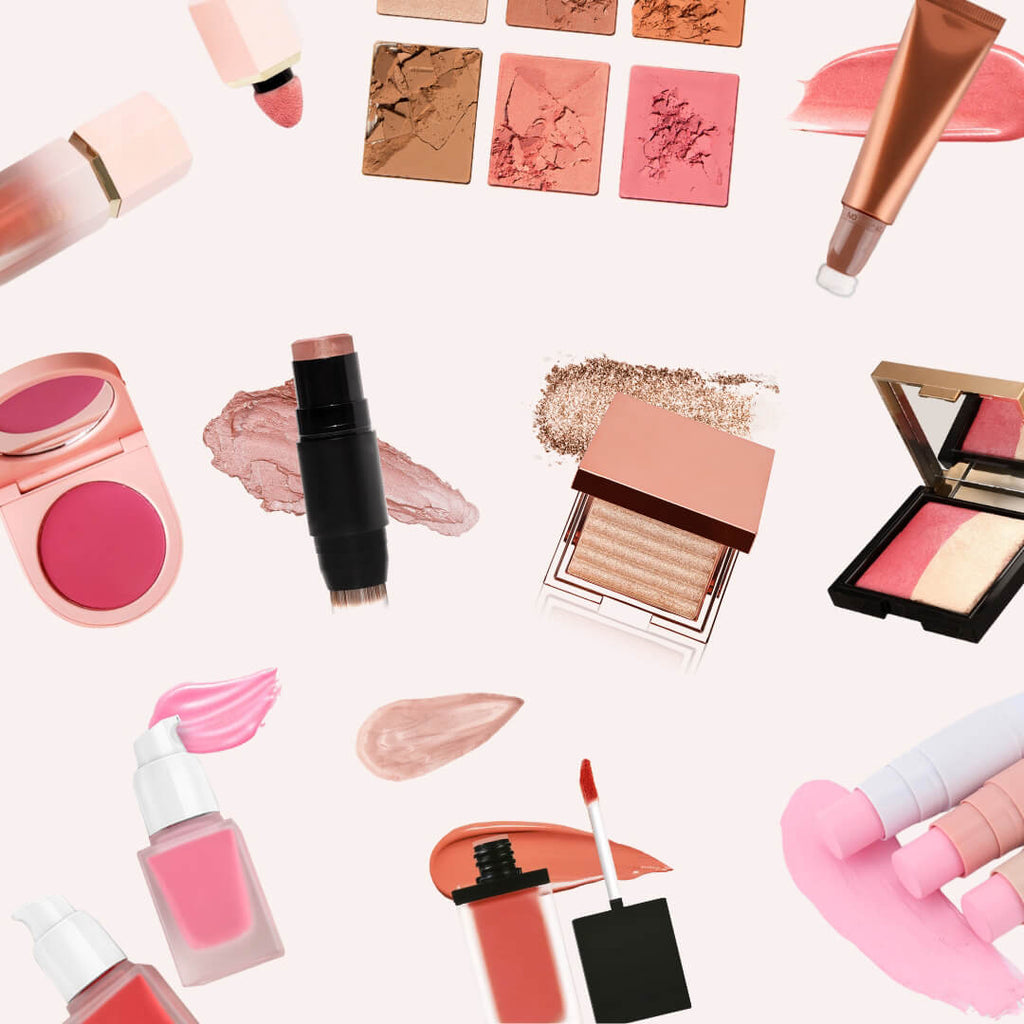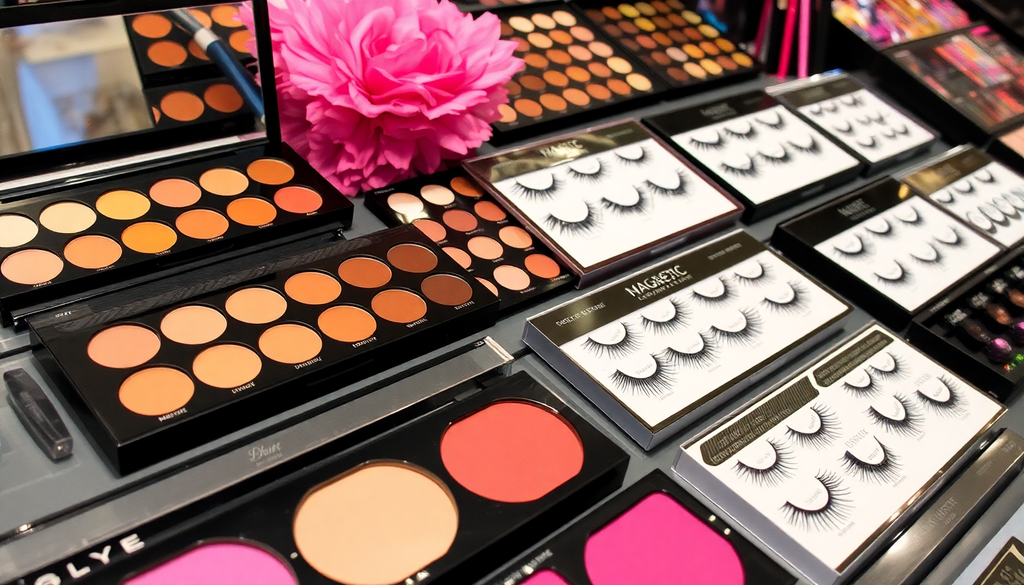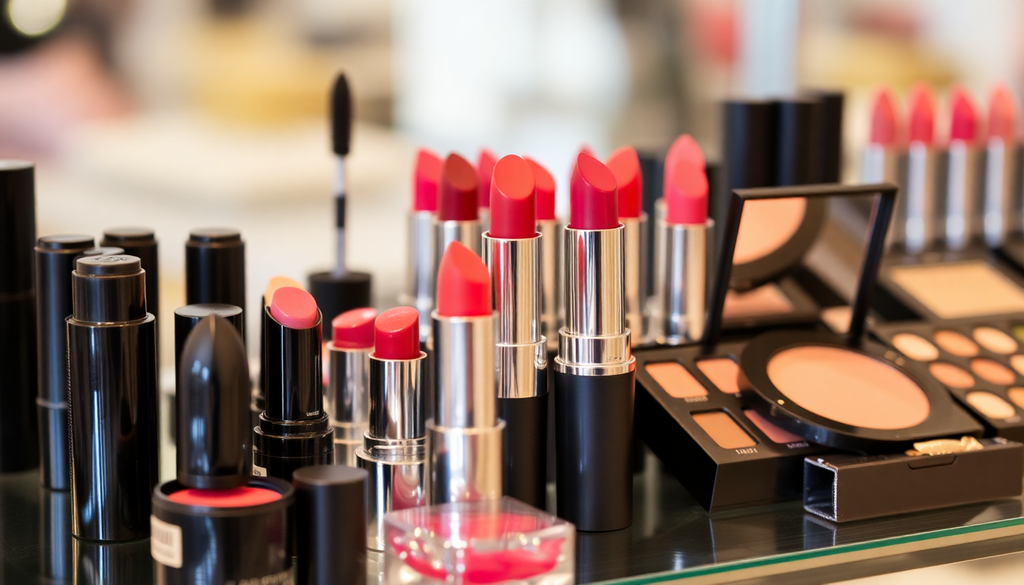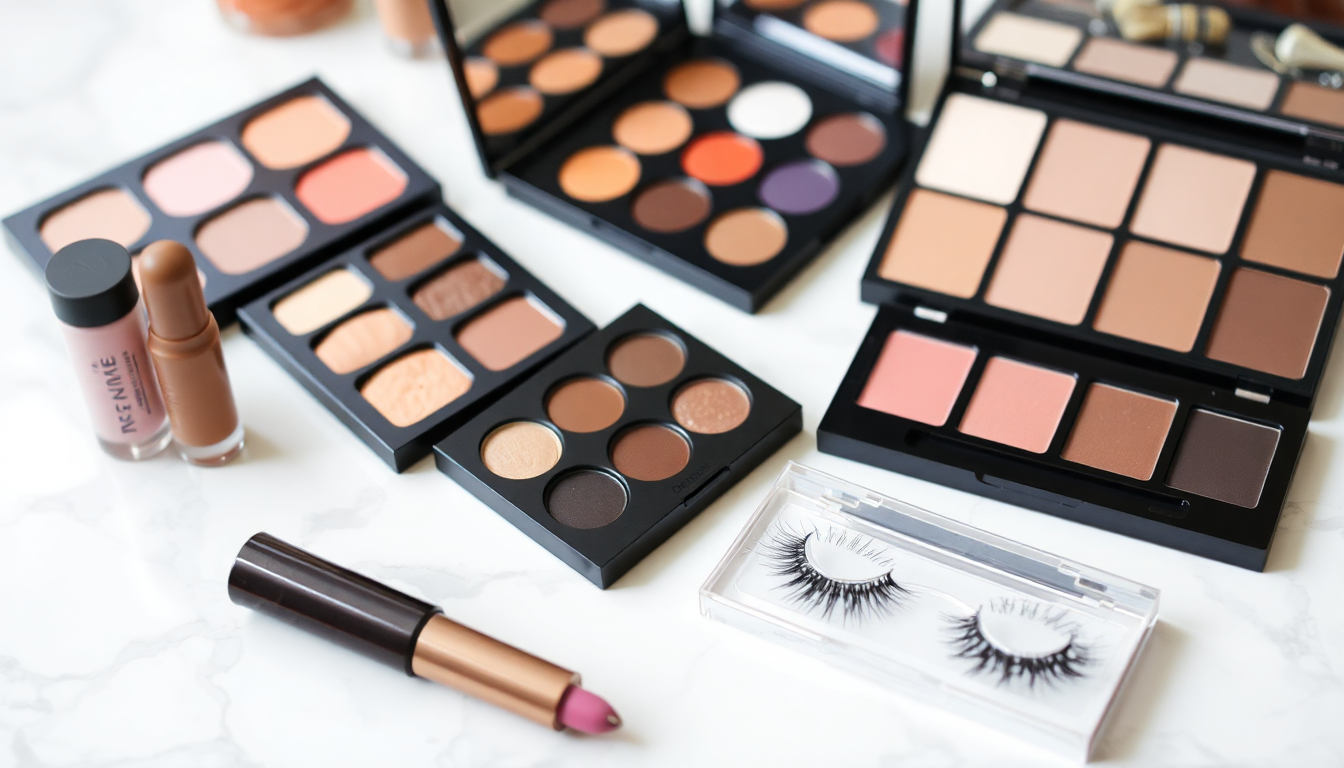
How to Successfully Launch Your Private Label Makeup Brand: From Magnetic Lashes to Custom Eyeshadow Palettes Without Minimum Orders
Introduction
Starting a private label makeup brand can be an exhilarating journey, especially for those passionate about beauty and cosmetics. With the rise of social media and the ever-evolving makeup trends, there has never been a better time to enter the beauty industry. This comprehensive guide will walk you through the essential steps to successfully launch your makeup brand, covering everything from product selection to marketing strategies, all without the hassle of minimum orders.
Step 1: Research and Planning
Before launching your brand, it's crucial to lay a solid foundation through extensive research and planning. This will not only guide your decisions but also help you to avoid common pitfalls.
- Market Analysis: Understanding the landscape of the makeup industry is vital. Look into current trends, popular products, and consumer preferences. Utilize tools like Google Trends, social media insights, and market research reports. Identify your target audience by demographic factors such as age, gender, and lifestyle.
- Competitor Analysis: Analyze your competitors to see what they are doing well and where there might be gaps in the market. This can provide insights into pricing strategies, product offerings, and marketing tactics.
- Product Selection: Decide which products you want to launch with. Popular items in the private label market include magnetic lashes, custom eyeshadow palettes, lip glosses, and highlighters. It’s advisable to start small and focus on a few key products that you truly believe in.
- Brand Identity: Develop a unique brand name and logo that resonates with your target audience. Your brand identity should reflect your values and mission. Consider how you want customers to perceive your brand.
Step 2: Sourcing Products
Finding the right manufacturer is critical for your brand's success. Here are some key things to consider when sourcing products:
- No Minimum Orders: Many manufacturers are now accommodating low-quantity orders, making it easier for startups to minimize upfront costs. Research suppliers who specifically mention no minimum order requirements.
- Quality Assurance: The quality of your products will directly affect your brand's reputation. Ensure that the manufacturer adheres to high-quality standards, conducts regular testing, and provides certifications for safety and compliance.
- Custom Formulations: If you want to stand out in a crowded market, consider partnering with manufacturers who offer custom formulations. This enables you to create unique products tailored to your brand’s identity.
- Samples and Prototypes: Before committing to a large order, request samples or prototypes of your products. This allows you to test quality, packaging, and overall appeal.
Step 3: Understanding Regulatory Requirements
Each country has specific regulations regarding cosmetics, and it's essential to be well-informed to avoid legal complications:
- Labeling Laws: Familiarize yourself with the cosmetic labeling requirements in your target market. This includes ingredient listings, usage instructions, and warnings. Use International Nomenclature of Cosmetic Ingredients (INCI) names to ensure compliance.
- Import Policies: Research the import regulations for cosmetics in the countries you wish to sell in. Different countries have different requirements, and being compliant will save you from potential fines or product seizures.
- Certifications: Many markets require specific certifications (e.g., cruelty-free, vegan, or organic). Ensure your products meet these standards and display relevant certifications on your packaging to attract conscious consumers.
- Safety Testing: Conduct necessary safety tests on your products to ensure they are safe for consumer use. This may include microbial testing, stability testing, and allergen testing.
Step 4: Setting Up Your Online Store
In today’s digital age, having an online presence is non-negotiable for any new brand. Here’s how to set up your online store:
- Choose an E-commerce Platform: Select a platform that suits your needs. Popular options include Shopify, WooCommerce, and BigCommerce. Each platform has its pros and cons, so choose one that aligns with your business model.
- Design Your Website: Create an attractive, user-friendly website that showcases your products effectively. Invest in quality visuals, easy navigation, and clear call-to-action buttons. Ensure your website is mobile-responsive.
- Payment Gateways: Integrate reliable payment gateways like PayPal, Stripe, or Square to facilitate secure transactions. Provide multiple payment options to accommodate different customer preferences.
- SEO Optimization: Optimize your website for search engines by using relevant keywords, writing compelling meta descriptions, and ensuring fast loading times. Good SEO practices will help you rank higher in search results.
- Product Descriptions: Write detailed, engaging product descriptions that highlight unique features and benefits. Use high-quality images and videos to enhance the customer experience.
Step 5: Marketing Your Makeup Brand
Once your online store is set up, it’s time to focus on marketing. Here are some effective strategies:
- Social Media Marketing: Utilize platforms like Instagram, TikTok, and Facebook to build a community around your brand. Create engaging content, run giveaways, and collaborate with beauty influencers to increase visibility.
- Email Marketing: Build an email list by offering incentives like discounts or exclusive content. Use email marketing to keep your subscribers informed about new product launches, promotions, and brand news.
- Content Marketing: Start a blog or YouTube channel focused on makeup tutorials, tips, and industry insights. This positions you as an authority in the field and drives traffic to your website.
- Paid Advertising: Consider running targeted ads on social media platforms and Google. Paid advertising can help you reach a broader audience and drive traffic to your online store.
- Influencer Partnerships: Collaborate with beauty influencers who align with your brand values. Influencer marketing can significantly boost your brand’s visibility and credibility.
- Customer Reviews and Testimonials: Encourage satisfied customers to leave reviews and testimonials. User-generated content can enhance your brand’s reputation and influence potential buyers.
Step 6: Managing Inventory and Fulfillment
Once you start receiving orders, effective inventory management and fulfillment become crucial:
- Inventory Tracking: Use inventory management software to keep track of stock levels, sales trends, and reorder points. This prevents stockouts and overstock situations.
- Order Fulfillment: Decide whether you will handle fulfillment in-house or partner with a third-party logistics (3PL) provider. Ensure timely shipping to enhance customer satisfaction.
- Returns and Customer Service: Develop a clear returns policy and provide excellent customer service. Address customer inquiries and issues promptly to build loyalty.
Step 7: Scaling Your Business
Once your brand is established and generating sales, consider ways to scale your business:
- Expanding Product Lines: Gradually introduce new products to your lineup based on customer feedback and market trends. This keeps your brand fresh and exciting.
- Wholesale Opportunities: Explore wholesale partnerships with retailers to increase your brand's reach. This can provide a significant boost in sales.
- International Markets: If you’ve successfully established your brand domestically, consider expanding into international markets. Research regulations and market demands for a smooth entry.
- Brand Collaborations: Collaborate with other brands or influencers for limited edition products. This can create buzz and attract new customers.
Conclusion
Launching your private label makeup brand can be a rewarding experience filled with creativity and entrepreneurial spirit. By conducting thorough research, sourcing quality products, understanding regulatory requirements, setting up an effective online store, and implementing strong marketing strategies, you can create a successful brand without the constraints of minimum orders. Remember, the beauty industry is dynamic, so stay adaptable and open to change. Start your journey today, and let your creativity shine as you bring your makeup vision to life!

